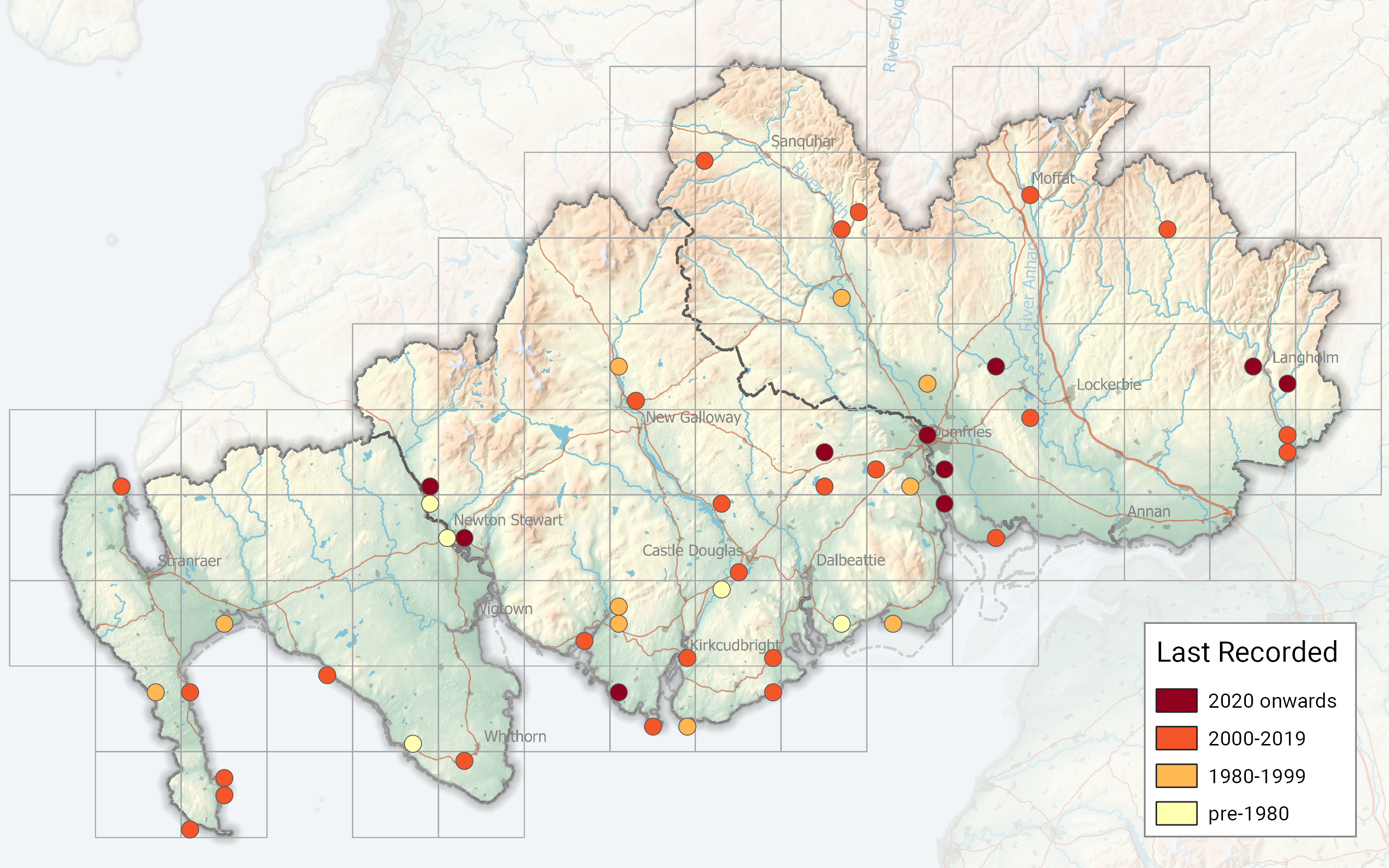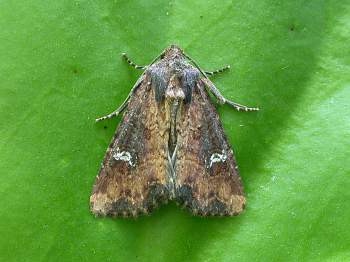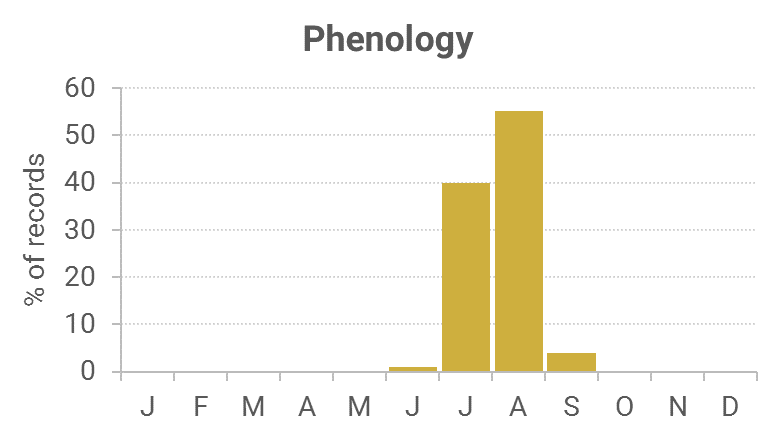Identification
It was not until 1983 that Common Rustic was found to consist of two species, Lesser Common Rustic being the other. No reliable external features have been found and examination of the genitalia is required to distinguish the two species.
Undissected specimens should be recorded as Common Rustic agg.(Mesapamea secalis agg.).
Recording Method.
Attracted to light, also comes to sugar and flowers.
Life cycle
One generation. Overwinters as a larva, during September to May, feeding inside a stem, with pupation taking place in an underground cocoon.
Larval foodplants
Larvae feed on various wild and cultivated grass species, as well as Hairy Wood-rush.
Habitat
Wide range of grassland habitats.
History
Lennon (1863) had found it abundant everywhere around the Dumfries area. Douglas Robinson (1870-71) had noticed it all summer, swarming, and very variable on Almorness (VC73). It also came to sugar. Gordon (1913) found it to be abundant, generally distributed in Wigtownshire, and exceedingly variable during July. Earliest date was 5th July 1899. Archibald Russell (1944) listed it as occurring near Gatehouse of Fleet (VC73) during the years 1942-43.
During 1974-93 at all seven Rothamsted stations it was regularly trapped with good numbers. Due to the difficulty of separating Mesapamea species, the above is as it was recorded but is to be treated with caution.
Then from 1997 to 2010, of all the records claimed as this species, only ten have been proved to be this species by genitalia examination.




